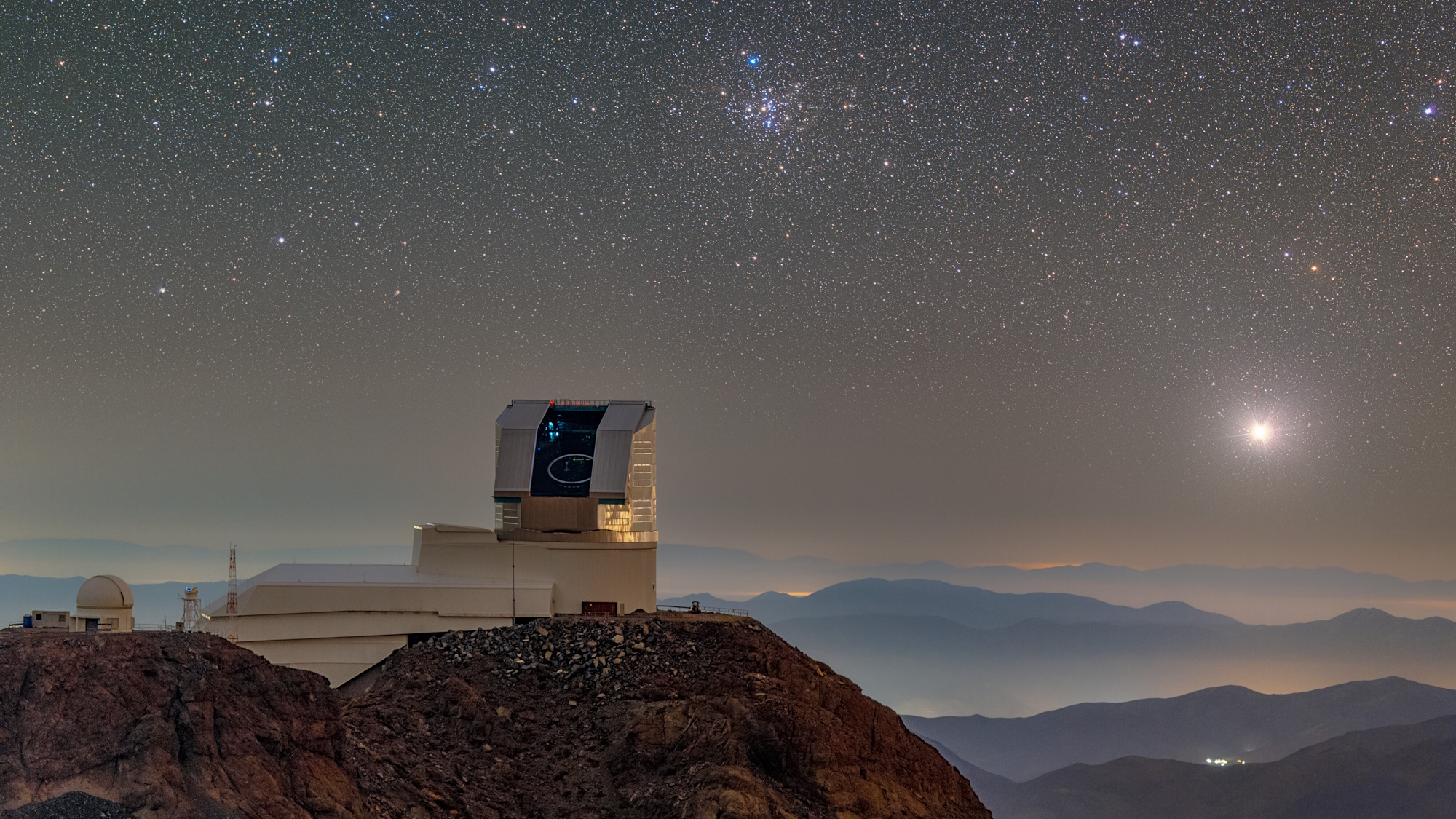The Greatest “Amateur” Astronomer of All Time
If you’ve ever seen a beautiful picture of the Universe, thank this pioneer you’ve probably never heard of.
“What you do is, you have your drawing board and a pencil in hand at the telescope. You look in and you make some markings on the paper and you look in again.” –Clyde Tombaugh, discoverer of Pluto
From a clear, dark location on a Moonless night, the Universe’s wonders have been accessible to all mankind for as long as humans have been around: hundreds-of-thousands of years.
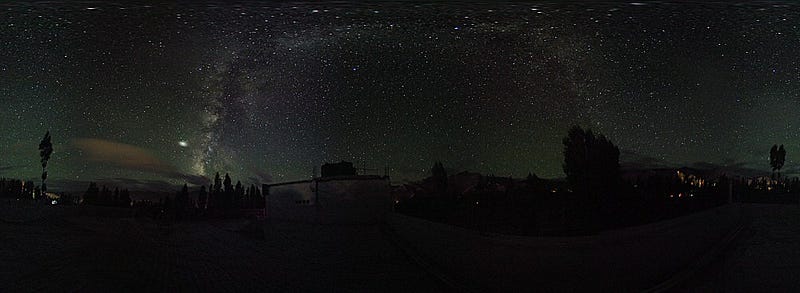
With the exception of a few stars that have appeared to or disappeared from the sensitivity of human eyesight, the occasional nova or supernova, and the slow motions of stars, comets and asteroids through the heavens, the night sky hasn’t changed much over that time. But over the past few hundred years, our understanding of it has, and it began with perhaps the most famous astronomer in history: Galileo.
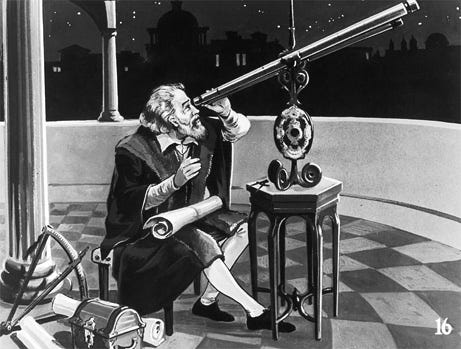
When Galileo pointed his telescope towards the heavens, he opened up the Universe to humanity, no longer limited by the constraints of human anatomy. Even a maximally dilated human pupil, even in a human at the limit of perfect eyesight, was no match for what could be seen through a well-crafted telescope. Details on other worlds, extraterrestrial moons, and hundreds of thousands of stars all hitherto unseen by human eyes before the 17th Century were suddenly available to anyone with this relatively simple tool.
And over time, those tools got more and more powerful.
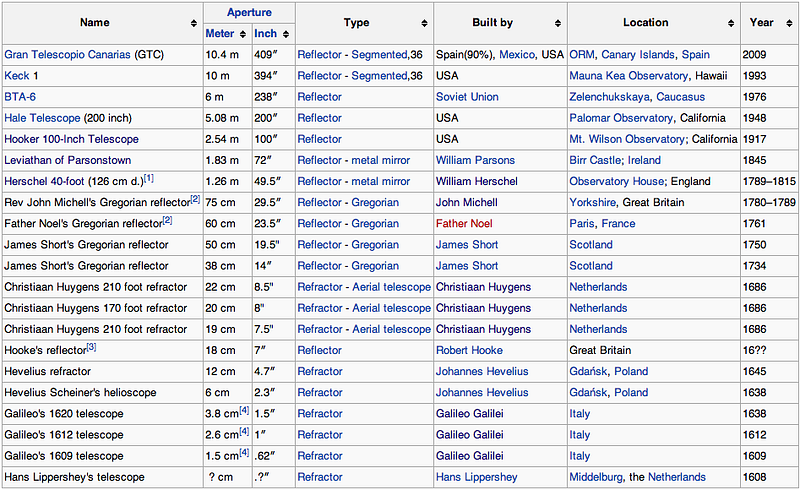
The aperture of telescopes, and hence their light-gathering power, increased remarkably as time went on. Astronomers began recording detailed sketches of their observations, cataloguing the positions, brightnesses and descriptions not only of stars, but also of extended, nebulous objects of then-unknown origin or composition.
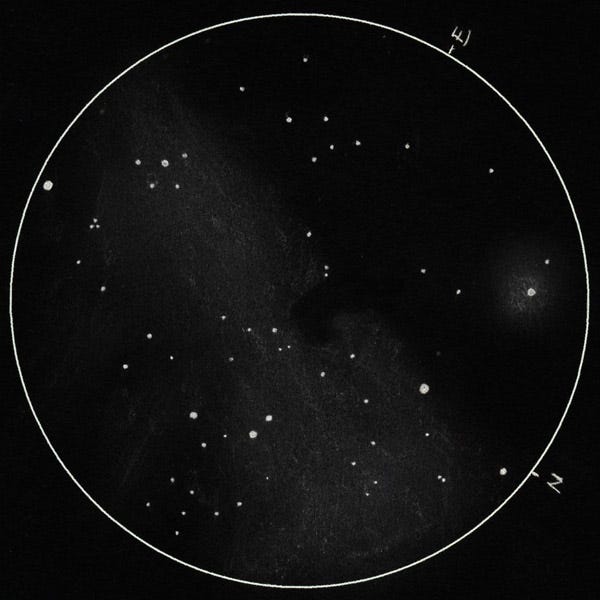
As time went on the combination of:
- Improved telescope optics and telescope-building techniques,
- The continuing increase in the size and light-gathering power of these behemoths, and
- Increasing numbers of observers were able to collaboratively share their observations of the same objects,
the structures of many of these nebulae began to be revealed.
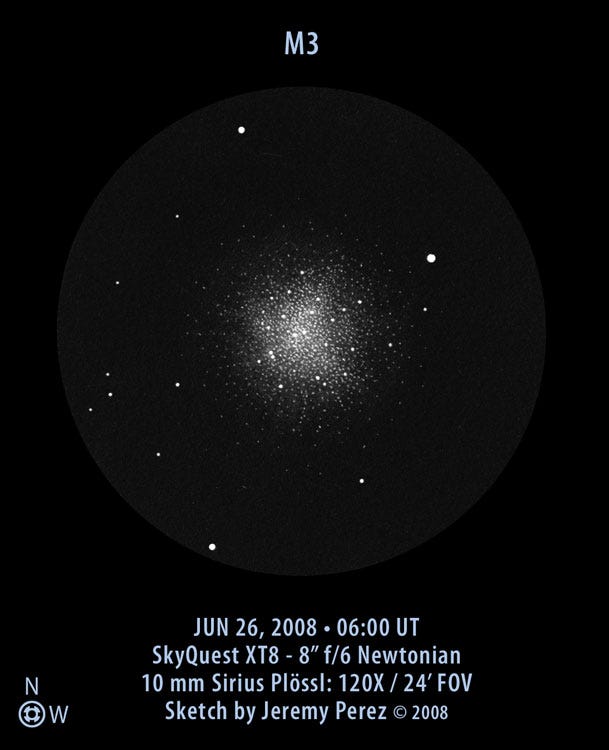
The first nebulae to be understood were the globular clusters. Initially understood to simply be spherical, nebulous objects with bright cores that faded away as you left their center, improved equipment and observations revealed them to be collections of many stars packed closely together. The only reason they appeared as spherical, nebulous objects to a small, low-power telescope is that they just happened to be very far away.
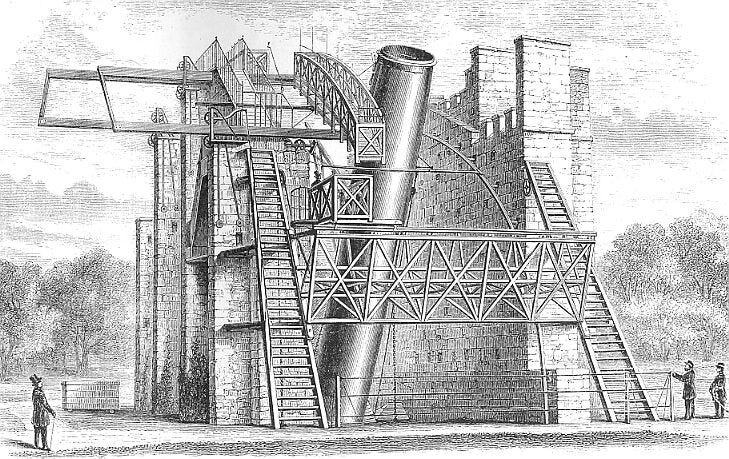
In the late 1840s, the Leviathan of Parsonstown (above) was completed, a telescope with a 72-inch (1.8 meter) diameter to its main mirror, by far the largest at the time. Through this incredible piece of equipment, a different class of nebula — spiral ones — were revealed to the human eye. The very first objects revealed to have such a structure was Messier 51, the Whirlpool galaxy, sketched (bel0w) by Lord Rosse in 1845.
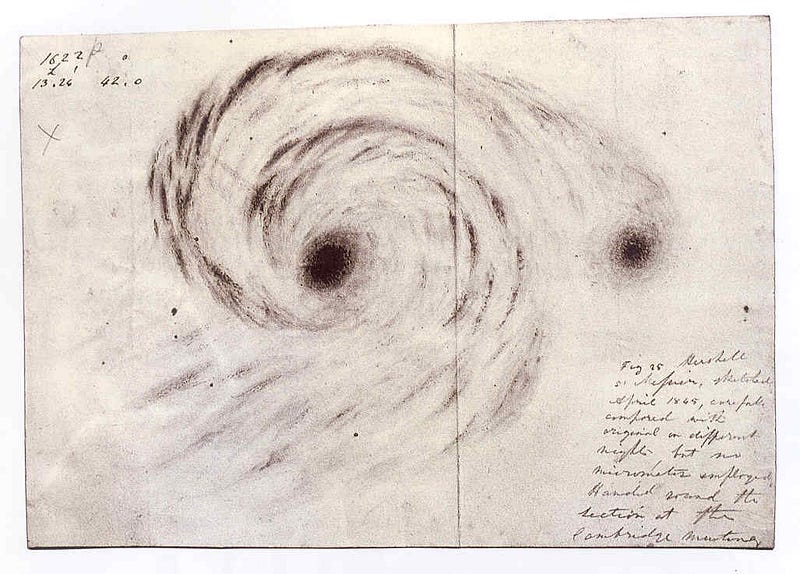
But even this combination — the acuity of the human eye augmented by fantastically large and powerful telescopes — was extraordinarily limiting. Even today, observers using astronomical equipment and only their eyes to look through it can scarcely do better than Rosse did nearly two centuries ago.
But the potential was there for so much more. With the relatively new invention of the photograph, it was recognized that if this technique could successfully be applied to astronomy, we would no longer be bound by the limits of the human eye.
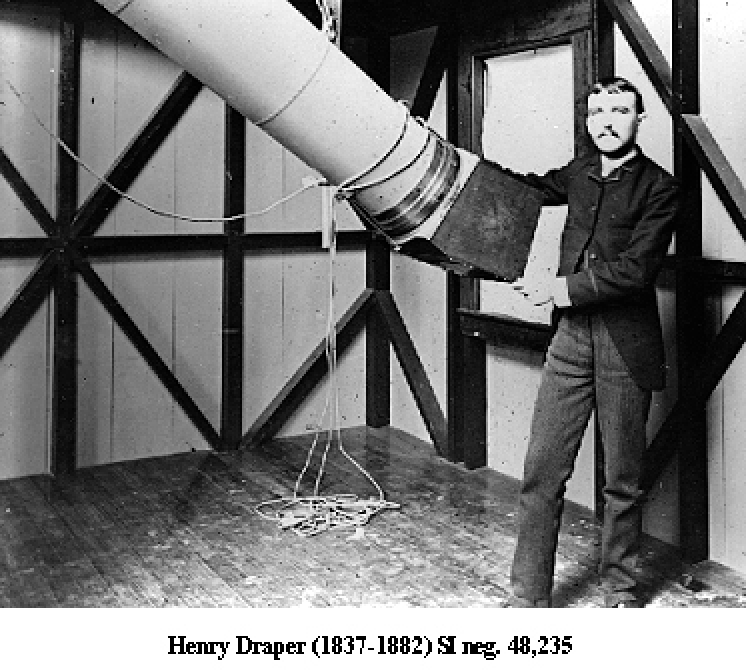
Initial attempts at astrophotography in the mid-19th Century ran into all sorts of troubles. For one, the sky appeared to rotate throughout the night (as the Earth beneath was spinning), meaning that a mechanism for canceling out that rotation at a constant rate was needed. The extra weight of a camera could cause a telescope to sag over time, so stabilization was a challenge. Pointing needed to be incredibly accurate (often beyond the precision achievable, even with a telescope) so that objects didn’t shift in the field-of-view over time. And finally, the photographic medium itself had limitations.
Still, some early successes gave indication that this method held some substantial promise.
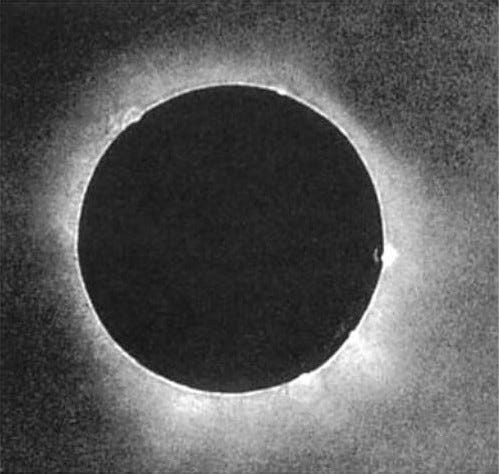
During a total solar eclipse in 1851, the Sun’s corona was successfully photographed for the first time, and in short order the field of astrophotography was born. Over the next few decades, many developments allowed not only stars but indistinct nebulae to be photographed.
And by the 1880s, for the first time, details invisible to human eyes became visible through astrophotography techniques.
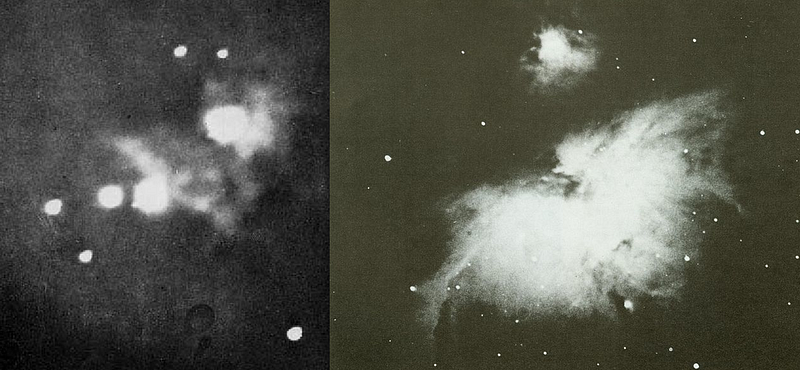
But the greatest advancement of that era came not from a professional astronomer like Draper, but from a businessman and engineer whose name you’ve probably never heard of: Isaac Roberts. Roberts took an interest in astrophotography and was pleased with some early results, so he ordered a relatively large (20-inch, or 0.5-meter) reflecting telescope, the largest telescope in England at the time in the 1880s.
And he did what any scientist worth their weight in salt does: he experimented with a variety of techniques, quantified what worked and how well, and incrementally refined his approach.
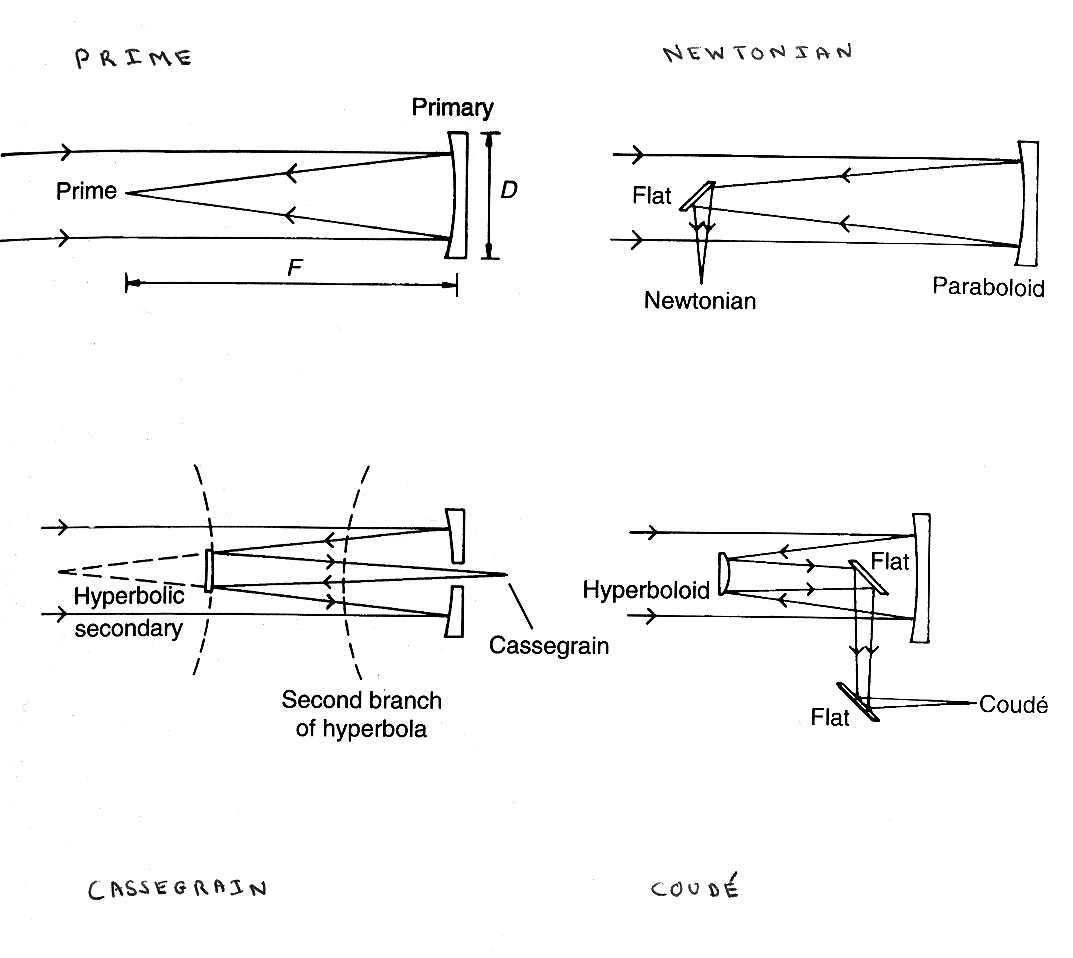
He became the first person to perform astrophotography with the photographic plate located at the prime focus of his optical setup, removing the light-loss inherent to the use of a secondary (or tertiary) mirror, achieving some pretty remarkable results.
But his greatest contribution is a legacy that lasts to this day: he developed the technique of piggyback astronomy.
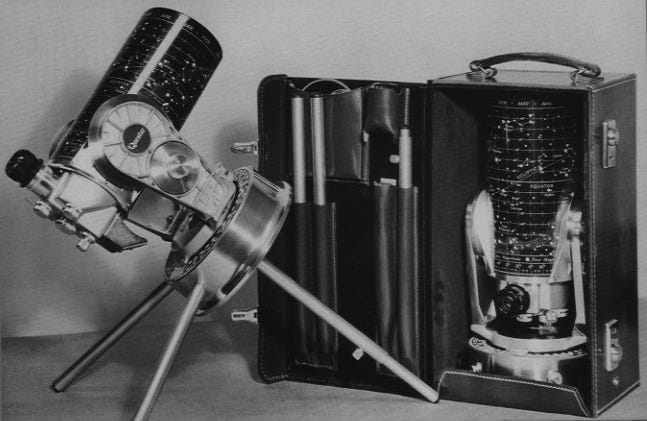
If you take an equatorially-mounted telescope — a very stable mount — you can rotate your entire optical setup extremely precisely as the night progresses. The reason you can do this is because the very precise telescope on an equatorial mount is allowing you to align your optics with the rotation of the Earth impeccably.
Early, pre-piggyback telescopes were lucky to get over a minute of exposure time without any noticeable smears or trails; with Roberts’ innovation, that time increased into the hours, allowing for unprecedentedly powerful photographs. The amount of detail you can see is proportional to the square root of the observing time, so observing for 100 times as long means you can see ten times the amount of detail.
And one of the things that came out of his photographs changed astronomy forever.
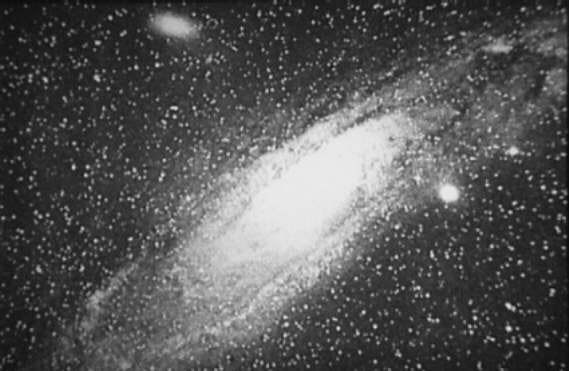
That spiral structure that you see? That’s the Andromeda Galaxy — then known as the Great Nebula in Andromeda — which wasn’t thought to be a spiral at all! This technique, and Roberts’ discovery, literally opened up the Universe to us, and allowed us to discover just what the nature of these nebulae were: galaxies, or island Universes, far beyond our own.
In fact, we can compare how Andromeda looks today with modern astrophotography techniques, and find that there’s practically no discernible difference at all! (With the exception of better detail today.)
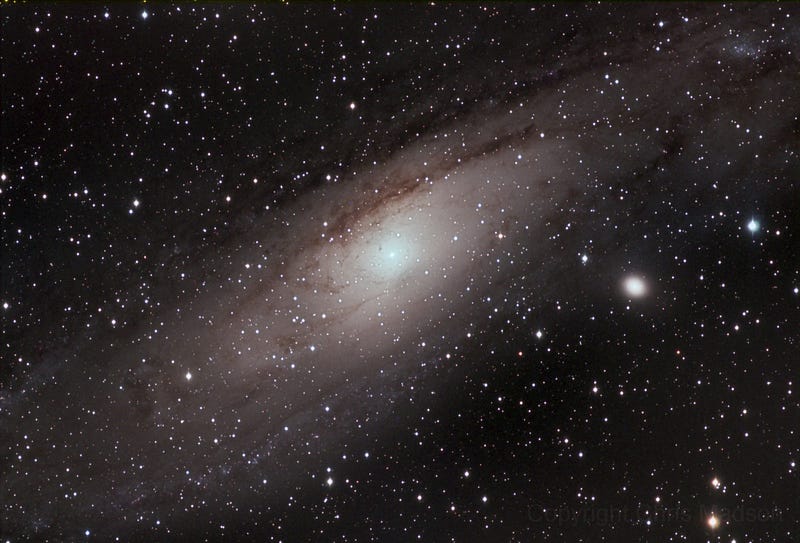
It isn’t always the case that the greatest scientists who make the most enduring contributions also happen to be the most beautiful people on the inside, but his epitaph provides a window into a remarkable and kind individual, and a message that we all could aspire to live by.
In memory of Isaac Roberts, Fellow of the Royal Society, one of England’s pioneers in the domain of Celestial Photography. Born at Groes, near Denbigh, 27 January 1829, died at Starfield, Crowboro, Sussex, 17 July 1904, who spent his whole life in the search after Truth, and the endeavour to aid the happiness of others. Heaven is within us.
And these techniques that were developed more than a century ago are still taken advantage of today, opening our eyes to images and details of the Universe that would be invisible to us all otherwise. The next time you see a magnificent image of the cosmos, think of Isaac Roberts, the greatest amateur astronomer of all-time. At least for me, his endeavour to aid the happiness of others shines through with blazing success every time we look at the Universe!
Have a comment? Weigh in at the Starts With A Bang forum on Scienceblogs!



